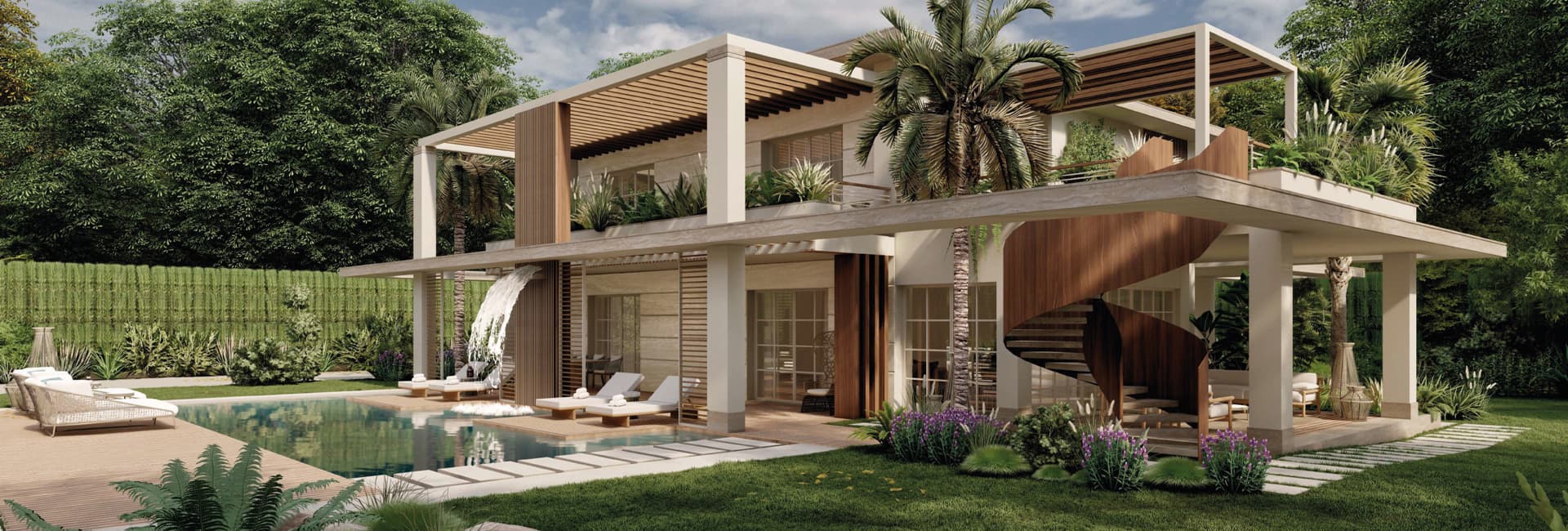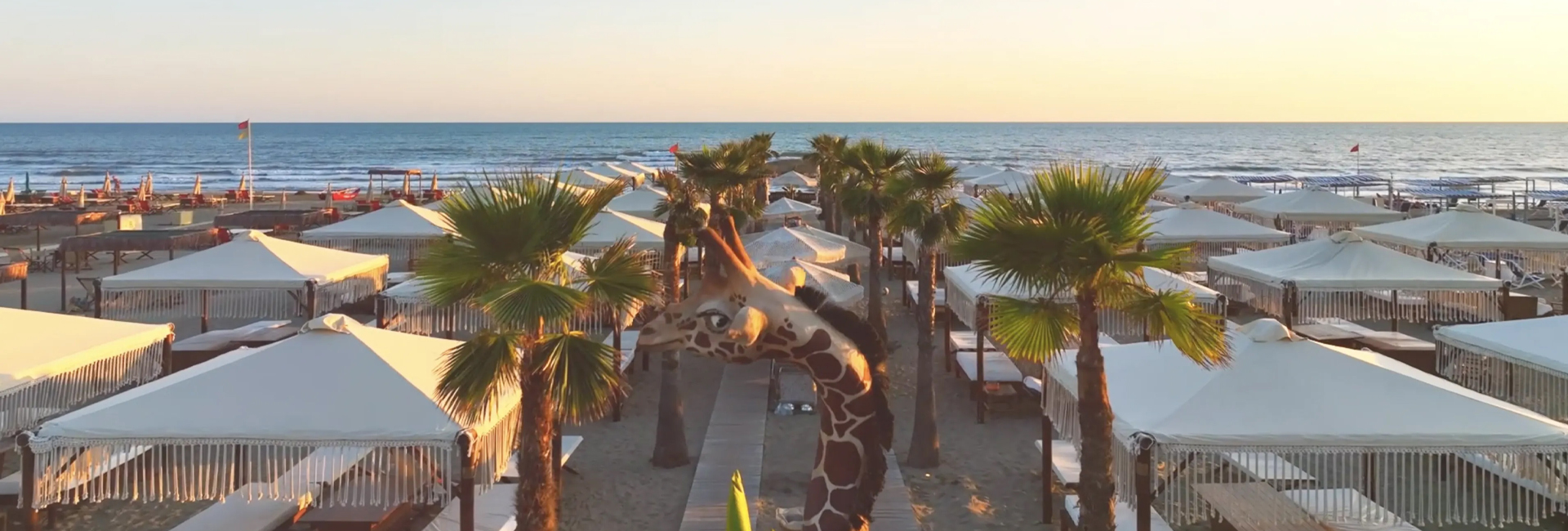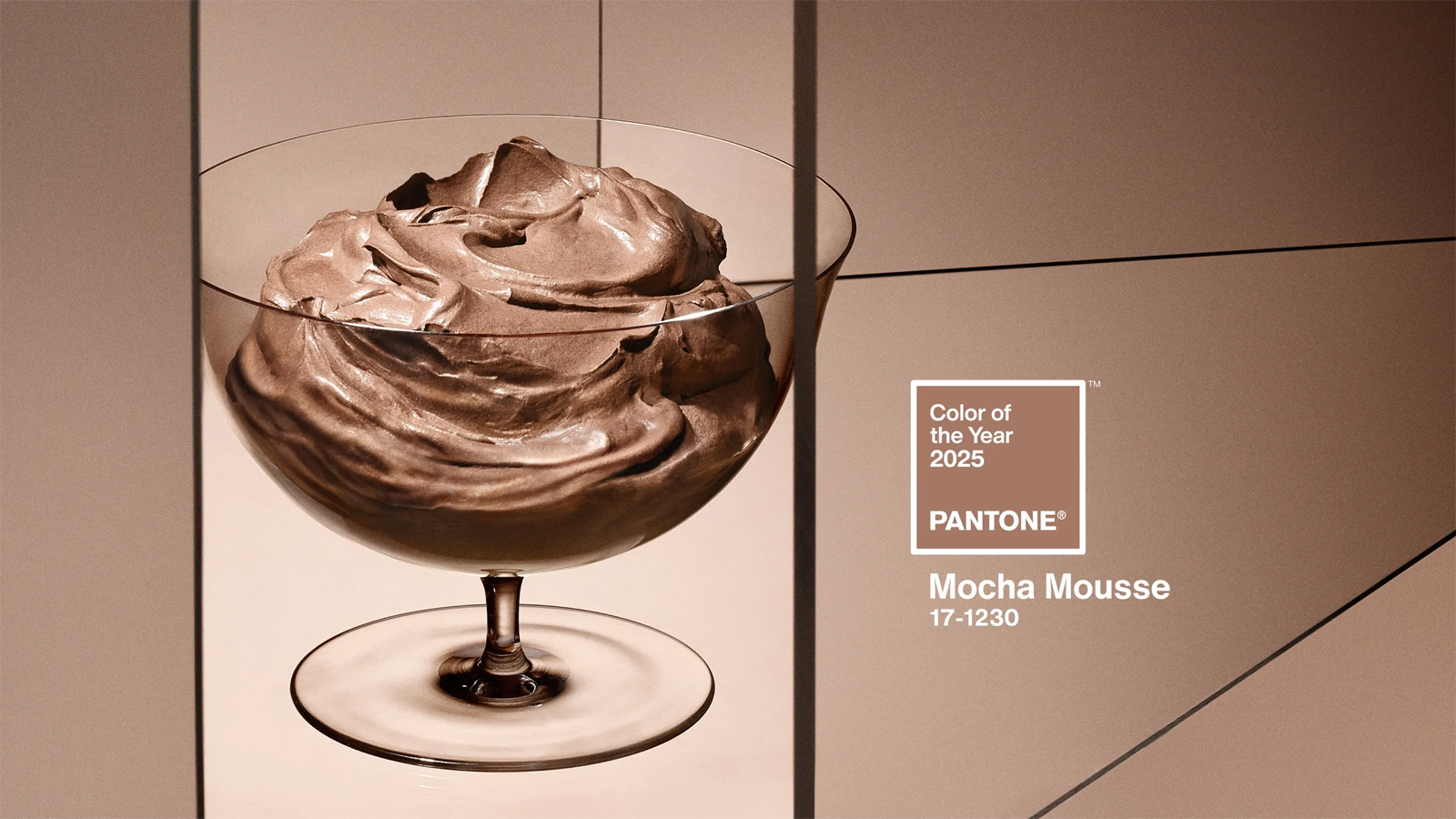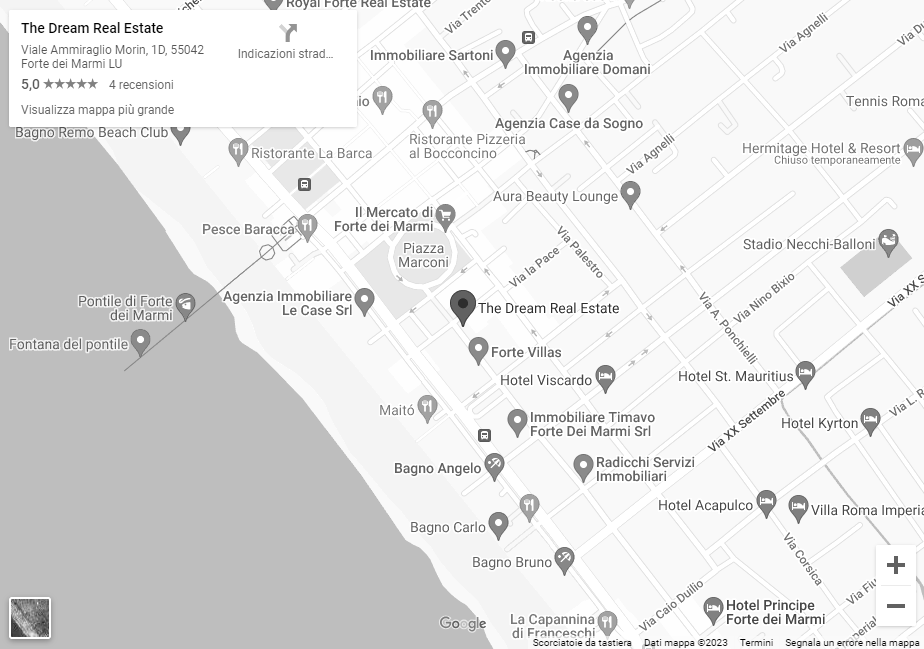Security, household appliances, air conditioning, air quality: there are many functions that home automation has developed in recent years and is able to manage, improving efficiency and simplifying our lives.
Home automation, like many everyday or professional activities, is now being joined by artificial intelligence, the ability of ‘machines’ to learn from our behaviour, the external environment, and the inputs they receive.
The ‘smart’ home, therefore, is not just an environment that is able to respond to our commands, often sent remotely. It is also a home that learns to react better, adapting to our habits and needs.
What does this mean in concrete terms? Thanks to artificial intelligence, the different ‘smart’ devices in the home first learn to coordinate with each other and perform even very complex tasks together.
Voice assistants and smart cameras also enable voice and visual recognition, allowing us to interact with the devices in a simple and intuitive way.
Household settings are constantly updated, customising activities according to our habits and preferences.
The AI-enabled refrigerator, for example, not only monitors its contents to send notifications to users when food is about to run out or expire, but can also suggest recipes based not only on the ingredients available, but also on our own tastes, and those of our guests.
The same goes for lighting, air conditioning and security systems, which will be able to reprogram themselves to respond to the needs of the home’s inhabitants in every situation.
Sicurezza and privacy
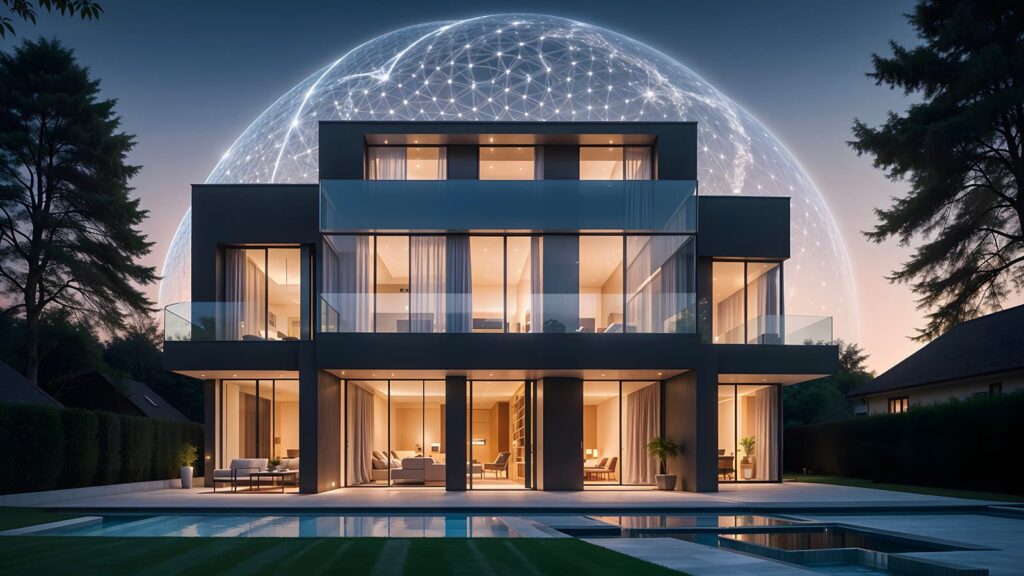
Such a development can also be intimidating, bringing to mind situations, more or less realistic and plausible, from science fiction films.
There is no doubt that the subject is a delicate one and that, as in all fields of AI application, it must be handled with the utmost caution, with clear and certain rules.
But there is also something that each of us can do to reduce the risks linked not only to artificial intelligence, but to the whole issue of home automation.
For example, with regard to surveillance cameras, it is essential to choose products that allow the encryption of images, to protect privacy and guarantee the security of recorded information. Through encryption, only those who know the encryption key can in fact have access to the images.
Attention must also be paid to the wi-fi network that connects the different devices, and which must be made as secure as possible, always changing the default password and choosing a name that does not make it identifiable and traceable to us.
Every smart home device must be constantly updated, as updates often concern software security. This is why it is a good idea to register them on the manufacturer’s website to ensure that they are always up-to-date.
Another rule, banal but often not applied, concerns devices and the wi-fi network: when they are not in use, they must be disconnected, to avoid leaving them ‘listening’.
Finally, before disposing of old devices, it is a good idea to reset them to factory settings to remove all our data.
This applies in particular to voice recognition devices, the little robots like Alexa, Google Home, Amazon Echo, which not only answer our
questions, but can also anticipate them and give us suggestions based on our habits. To do this they store information about us, an impressive amount of personal data that could, if known by others, put our security at risk.
Smart villas in Forte dei Marmi
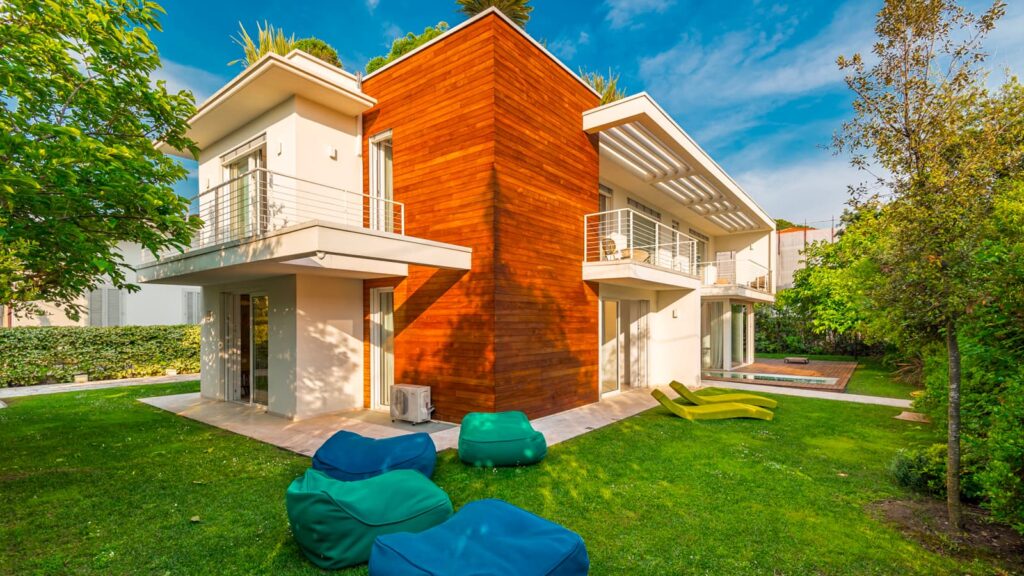
Home automation and artificial intelligence are not just a prerogative of city houses, quite the contrary. The Dream Real Estate’s proposals include some newly built or renovated villas in which technology is widely used to improve comfort, safety and sustainability.
Like Villa Estasy, an example of contemporary architecture in the centre of Forte dei Marmi that combines aesthetic quality with extensive use of home automation. The electronic system for regulating shading, once closed, also becomes a valid anti-intrusion system. In addition to the solar thermal system for sustainable heating, the villa is equipped with a modern alarm and video surveillance system.
Very modern and elegant lines also for Villa Julia, a residence of over 500 square metres in Vittoria Apuana. The building plays with materials, from wood to travertine, and with the surrounding greenery, which is also used as a decorative element. Villa Julia boasts energy class A+, which identifies ‘zero energy’ buildings, and is equipped with the most modern home automation systems.


